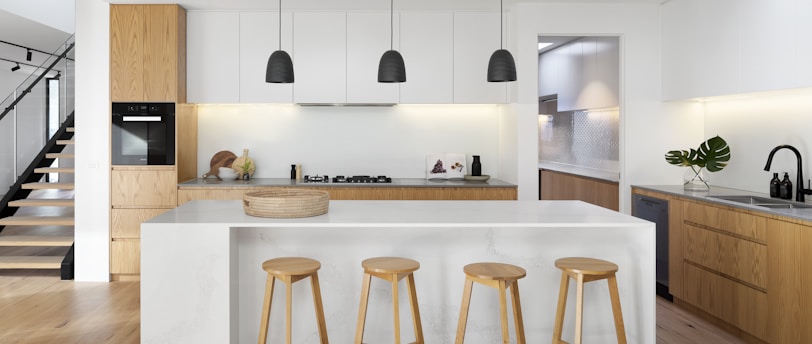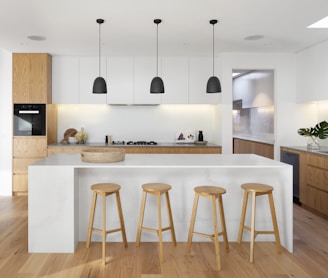Interior and Exterior Design for Houses in Warm Climate Zones
When designing the interior and exterior of a home, it's essential to consider the weather conditions and incorporate features that help keep the house cool and comfortable.
3/15/20232 min read


The warm climate in Southern states like Florida, Texas, and California presents unique design challenges for homeowners. When designing the interior and exterior of a home, it's essential to consider the weather conditions and incorporate features that help keep the house cool and comfortable. Here are some design tips for houses in warm climates:
Interior Design:
Light Colors: Lighter shades reflect light, making a space feel brighter and more spacious. White, cream, and pastel shades are ideal for walls, furniture, and accessories.
Ceiling Fans: Ceiling fans are a must-have in a warm climate. They help circulate air and keep rooms cool. Look for fans with energy-efficient features that can help reduce energy bills.
Window Treatments: Choose window treatments that allow natural light to filter through while blocking out the sun's heat. Light and airy curtains or sheer shades are good options.
Cool Flooring: Opt for cool flooring materials like tile, stone, or concrete. These materials stay cool even in the heat, making them ideal for homes in warm climates.
Exterior Design:
Shade: Incorporate shade into your outdoor design to create a comfortable space to relax. Trees, pergolas, and umbrellas are all excellent options to help block the sun's rays.
Outdoor Living Spaces: An outdoor living space can be a great place to entertain or spend time with family. Consider adding a covered patio or deck with comfortable seating and an outdoor kitchen.
Landscaping: Choose plants that thrive in warm climates and require less water. Native plants like cactus, succulents, and palm trees are ideal for the southern United States.
Light Colored Roofing: Lighter colored roofs reflect the sun's heat, making them a popular choice in warm climates. They also help to keep the attic space cooler, reducing energy costs.
In conclusion, designing a house in a warm climate requires a focus on comfort and energy efficiency. Incorporating light colors, ceiling fans, and cool flooring into your interior design and providing shade, outdoor living spaces, and native plants in your exterior design can help create a comfortable and attractive living space. By using these design tips, you can make your home both comfortable and beautiful, while keeping energy costs down.
